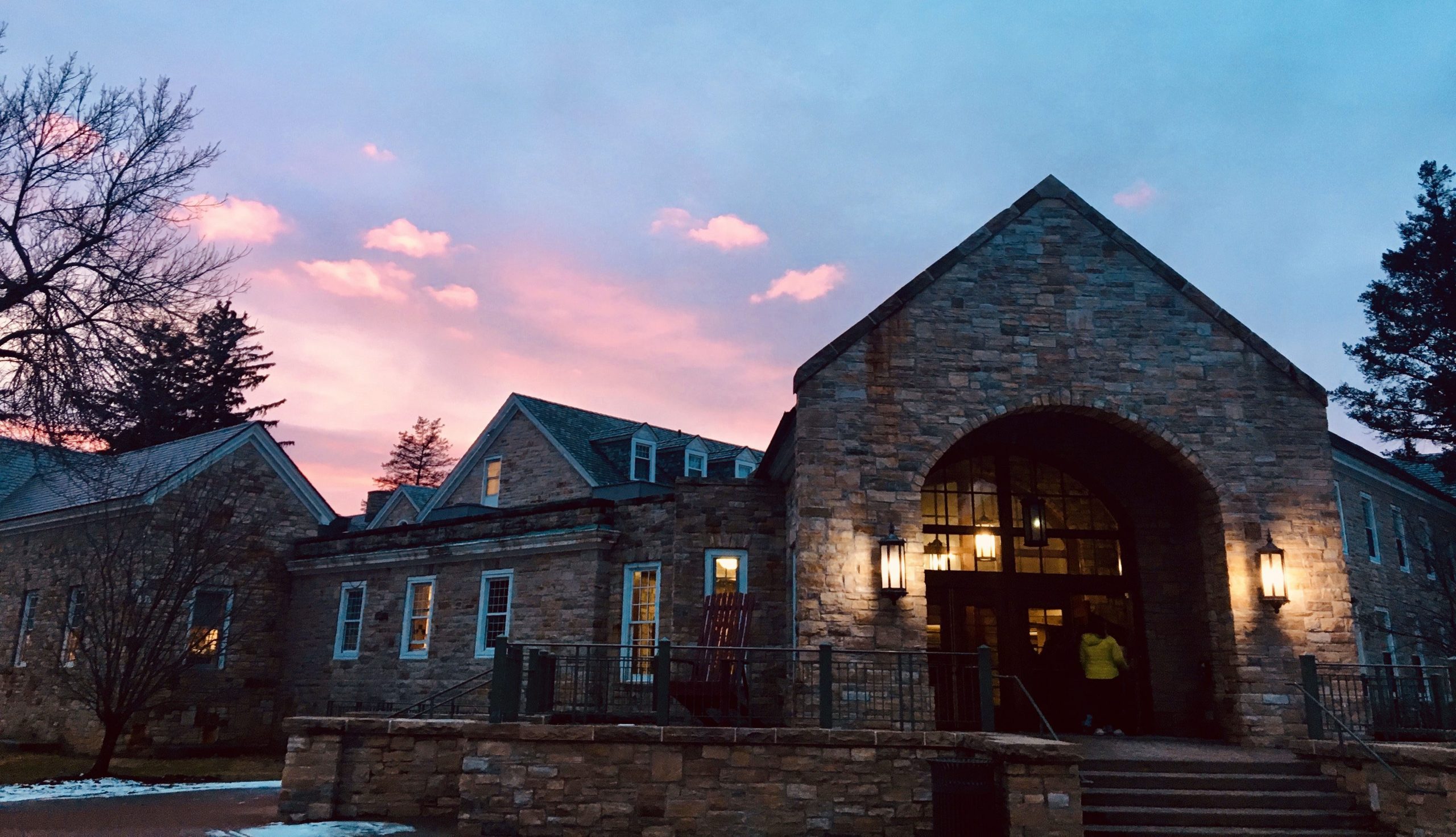In mid- February the St. Lawrence community received an email about food shortages in dining services. Food shortages such as the one St. Lawrence is experiencing is heightened by the severe winter storms in the North Country, however this is only one aggregator to the shortages. As a result of the ongoing COVID-19 pandemic, families, companies,universities, and college students are facing severe problems with food supply.
Various food vendors are affected by weather and the pandemic which challenges their chain of distribution. Director of Dining and Conference Services, Marijo Hagget, explained these issues in the email sent to St. Lawrence students and faculty. “We are experiencing severe shortages and outages on our preferred food supplies from all of our vendors. Because of this we are having to make last minute decisions to change our menu,” wrote Hagget.
Severe shortages of food are no stranger to other college campuses across the country. According to an article published by NPR, food shortages in 2019 were at half the amount they are now. NPR defines food insecurity as “a lack of consistent access to enough food for an active, healthy life.” Before the pandemic about 10.5 percent of households in 2019 experienced food insecurity at some point. An estimate of food shortages in the United State now is at about 23 percent, according to researchers at Northwestern University.
Nationwide, food insecurity has risen, especially among college students. Rates and definitions of food insecurity vary from college to college which causes difficulty in understanding just how students are affected. The Hope Lab Survey is described as “the nation’s largest annual assessment of basic needs security among college students” as stated by The Hope Center
. This survey reported that in 2019, 48 percent of two-year college students experienced food insecurity, and 41 percent of four-year college students identified themselves as food insecure.Food shortages vary among different groups of college students as well. The survey reported “the overall rate of food insecurity among students identifying as African American or Black is 58%” and that this percentage is eight points higher than the shortages among Hispanic or Latinx students. Additionally, the 58 percent is 19 points higher than the rate for White and Caucasian identifying students.
For this reason, it is important that food scarcity is addressed across college campuses. At St. Lawrence, dining services is working to keep the student and faculty informed of updates on food shortages. Hagget informed in the email that “If you are headed to Dana or Northstar for a specific dish and want to confirm it is being served ahead of time please feel free to call: Dana – 315-229-5606 Northstar – 315-229-5761.”



